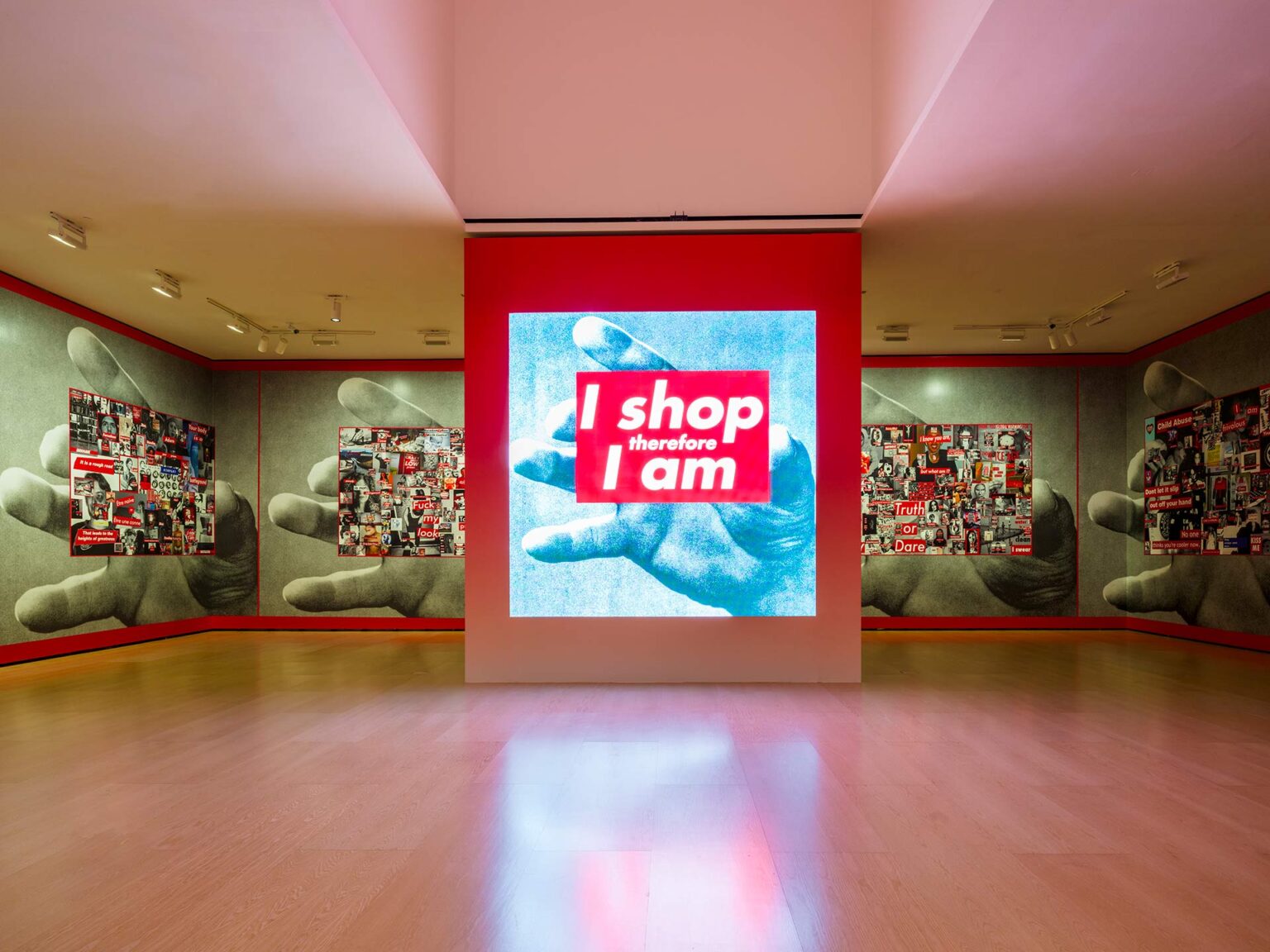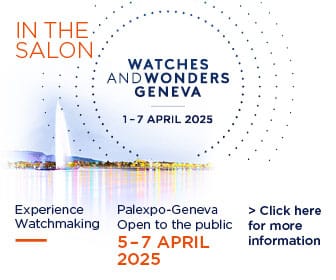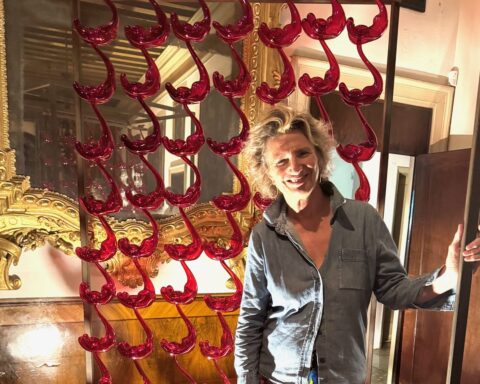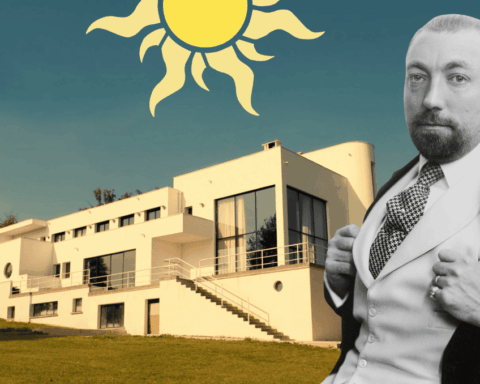Holidays under the Spanish dictatorship, a retrospective on Katsushika Hokusai, artistic visions of the apocalypse across centuries… These seven exhibitions in Europe deserve a prime spot on your cultural calendar this season.
From Berlin to Bilbao, via Paris and Gothenburg, summer continues with captivating exhibitions on diverse cultural, artistic, and social themes. Between reflections on our world and immersions into creative universes, these experiences plunge visitors into fascinating realms.
Vamos a la playa – Holidays under Franco at the Museum Europäischer Kulturen (Berlin, Germany)
The Museum Europäischer Kulturen dedicates an exhibition to the rise of mass tourism under the Spanish dictatorship, marking the 50th anniversary of Francisco Franco’s death. In the Spain of the 1960s—devastated by civil war and autarky—Franco opened the country to foreign visitors to revive the economy. Hotel and infrastructure construction quickly attracted vacationers drawn to the beaches, low prices, and picturesque image of an “authentic” lifestyle. These trips became a positive showcase, masking ongoing political repression. Under the title Vamos a la playa. Holidays under Franco, eight European artists explore this contradiction through multimedia installations, photographs, and collages. For the first time, the two sections presented in 2024 in Catalonia are brought together, offering a reflection on collective memory and the conscious or unconscious impact of travelers on the image of Francoist Spain. On view until December 7, 2025.
Paul Poiret, Fashion Is a Party at the Musée des Arts Décoratifs (Paris, France)
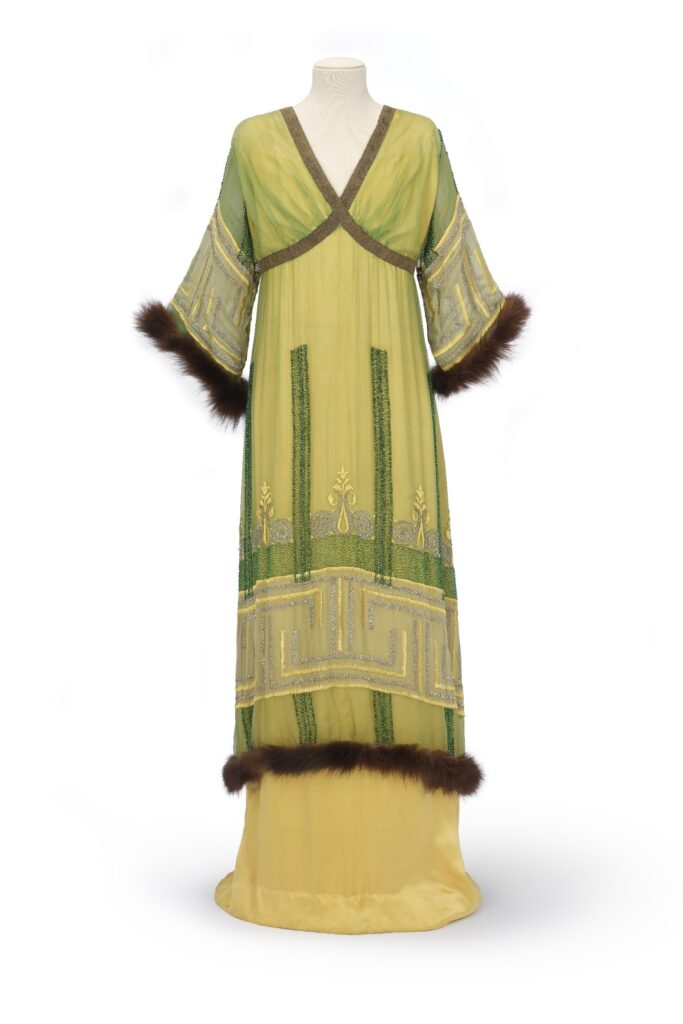
Dive into the audacity and elegance of Paul Poiret (1879–1944) at the Musée des Arts Décoratifs. This is the first major Parisian retrospective dedicated to the visionary who, in the early 20th century, revolutionized haute couture by freeing women’s bodies from the corset. From the Belle Époque to the Roaring Twenties, the exhibition showcases nearly 550 pieces—dresses, accessories, drawings, perfumes, and decorative objects—tracing the creator’s exuberant world. Visitors discover his love for parties, decorative arts, and gastronomy, all facets that shaped his lasting influence on contemporary fashion, from Christian Dior to Alphonse Maitrepierre. A must-see for lovers of fashion and history, on view until January 11, 2026.
Hokusai (1760–1849), Masterpieces from the Hokusai-kan Museum of Obuse at the Nantes History Museum (France)
The Nantes History Museum continues its dialogue with Japan through a unique exhibition devoted to Katsushika Hokusai, the undisputed master of ukiyo-e (1760–1849). In partnership with the Hokusai-kan Museum of Obuse, near Nagano, the event brings together hundreds of works, some never before shown in the West. Rather than a biography, the exhibition explores the artist’s great obsessions: nature, water and the wave, Mount Fuji, as well as the beauties of Edo and kabuki actors. One section focuses on his stays in Obuse (1842–1848) and the spectacular painted ceilings for festival floats and the Ganshō-in temple. Beyond his iconic prints, rare drawings and paintings reveal a more intimate side of Hokusai’s abundant universe. This artistic dialogue also echoes the friendship pact linking Nantes and Osaka Castle. On view until September 7, 2025.
19th International Architecture Exhibition – Intelligent. Natural. Artificial. Collective. in Venice (Italy)
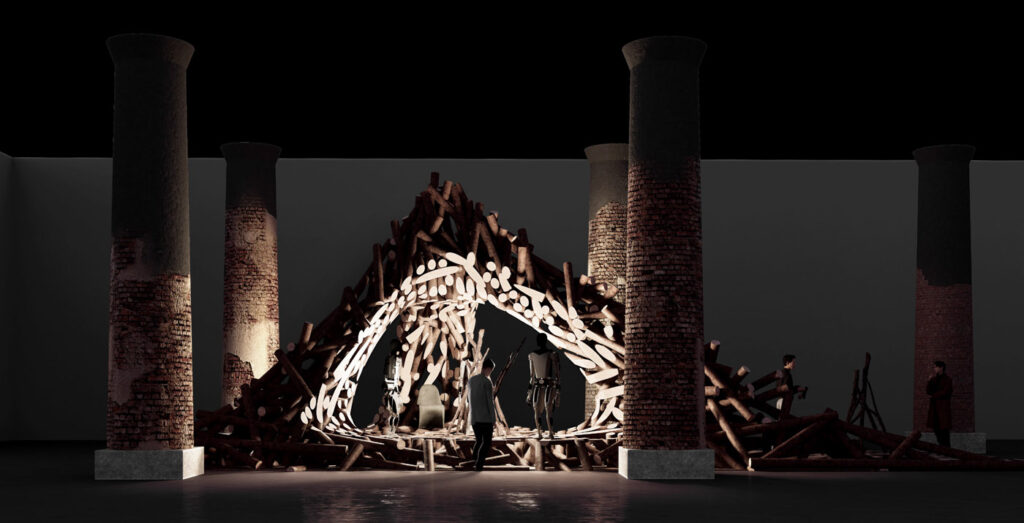
Venice hosts the 19th International Architecture Biennale until November 23, 2025, under the direction of architect-engineer Carlo Ratti. Founder of the Senseable City Lab at MIT and known for his work on smart cities, Ratti envisions a manifesto-exhibition on adaptation in the face of climate and demographic crises. At the Corderie of the Arsenale, visitors follow a four-part narrative: first, global tensions, then three paths exploring natural, artificial, and collective intelligence, before concluding at the Artiglierie with a focus on space as a resource for Earth. Across the Giardini, the Arsenale, and other neighborhoods, prototypes, installations, and collaborative projects transform Venice into a living laboratory. With an unprecedented dialogue between national pavilions and research projects, the event aims to catalyze concrete ideas and reimagine architecture as a tool for global action.
Kiefer / Van Gogh at the Royal Academy (London, England)
This summer, the Royal Academy stages an unexpected encounter: Anselm Kiefer (b. 1945) in conversation with Vincent van Gogh (1853–1890). Until October 26, 2025, the Gabrielle Jungels-Winkler Galleries become a space for dialogue between two giants captivated by matter and light. Van Gogh’s final canvases (1890) are shown alongside Kiefer’s monumental new works, the result of nearly sixty years of fascination with the post-Impressionist master. This journey began in Kiefer’s youth, retracing Van Gogh’s steps across Europe, and extends into his current explorations blending mythology, philosophy, and science. Conceived with the Van Gogh Museum in Amsterdam, this first-ever exhibition to explore the invisible thread between their universes unfolds across three rooms where history, emotion, and color resonate.
Apocalypse: From the Last Judgment to the Climate Threat at the Gothenburg Museum of Art (Gothenburg, Sweden)
Has the end of the world always fascinated artists? That’s the question posed by the Gothenburg Museum of Art with Apocalypse: From the Last Judgment to the Climate Threat, on view until January 18, 2026. In a spectacular journey, five centuries of apocalyptic visions unfold. “Renaissance and Baroque depictions of the Last Judgment stand alongside evocative Romantic scenes of destruction, unsettling Symbolist images, modern dystopias, and science fiction,” explains the museum. Works evoke wars, volcanoes, melting glaciers, as well as today’s fears: climate crisis, artificial intelligence, and technological acceleration. Paintings, sculptures, engravings, and videos converge to tell the story of our collective anxieties—from the sacred to the ecological. With a focus on Europe and the Nordic countries, the exhibition reveals how the fascination with collapse also fuels imagination and creativity.
Barbara Kruger: Another Day. Another Night. at the Guggenheim Museum Bilbao (Bilbao, Spain)
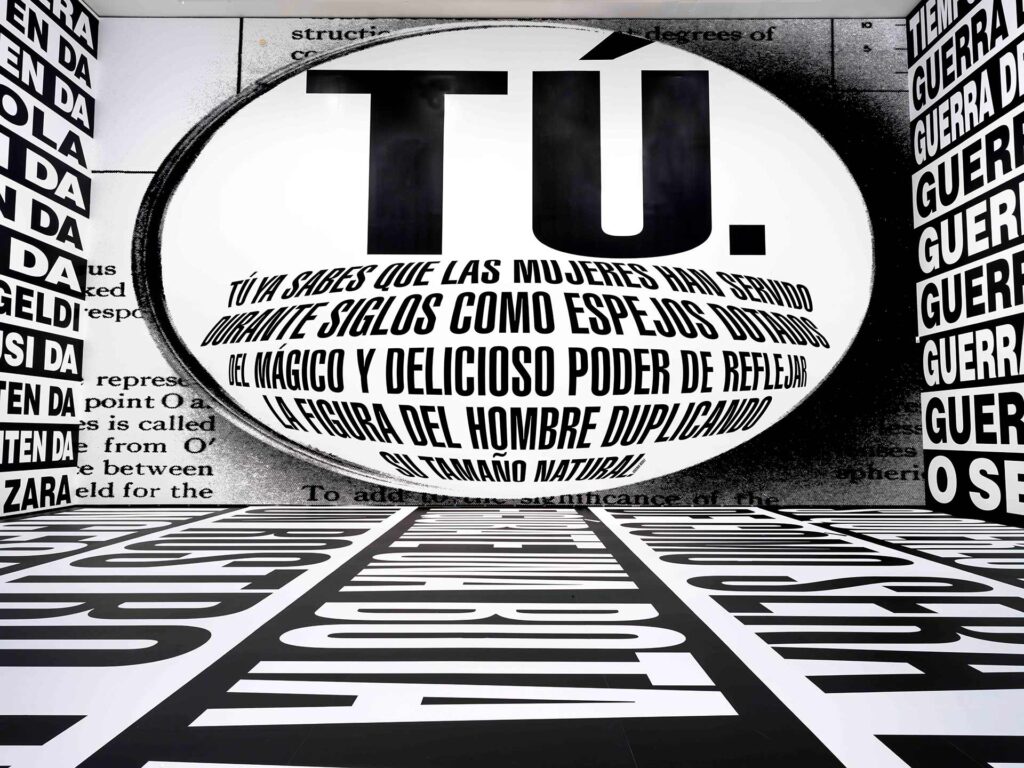
The Guggenheim Museum Bilbao presents the first major retrospective in Spain of Barbara Kruger, an emblematic figure of politically engaged art for over fifty years. Her visual language—bold text in black, white, and red—directly confronts issues of identity, desire, truth, and power. Mixing cult slogans and striking imagery, Kruger subverts advertising aesthetics to provoke thought and awaken awareness. “Your body is a battleground” and “I shop therefore I am” still resonate as visual punches, questioning consumer society, gender, and social control. This captivating journey through the work of an artist who constantly challenges conventions and opens debate is on view until November 9, 2025.
Read also : 7 exhibitions to do this summer
Featured photo : Barbara Kruger: Another day. Another night. Vue d’installation, Musée Guggenheim Bilbao, 24 juin – novembre 9, 2025. Courtoisie de l’artiste, Sprüth Magers et David Zwirner




